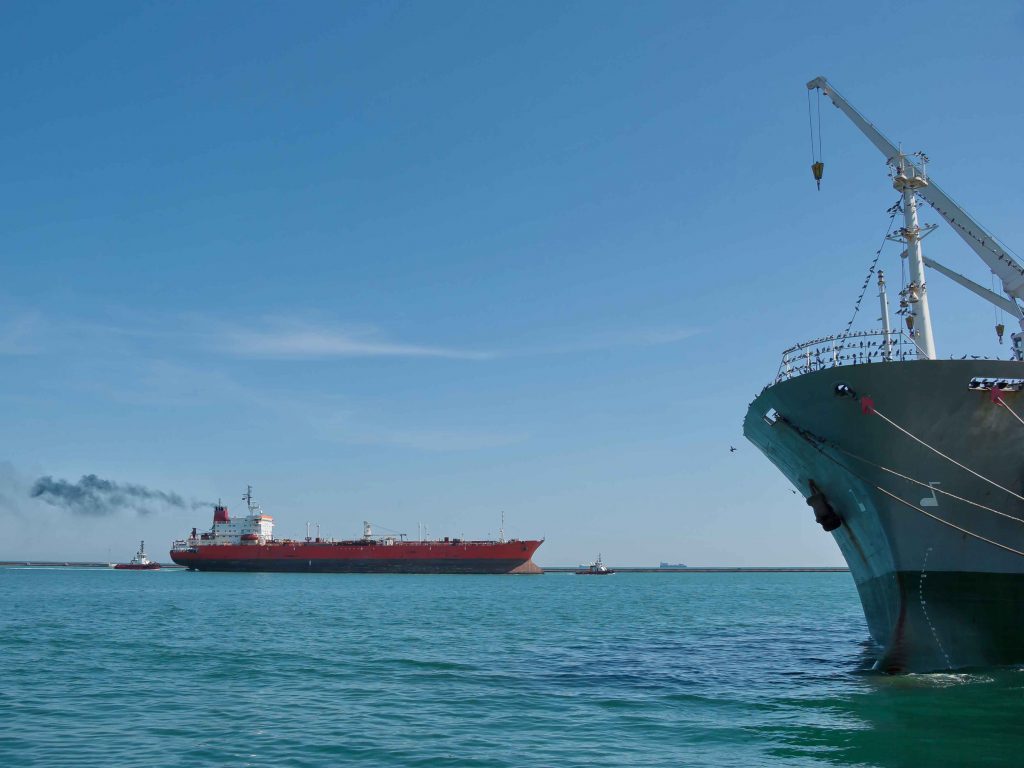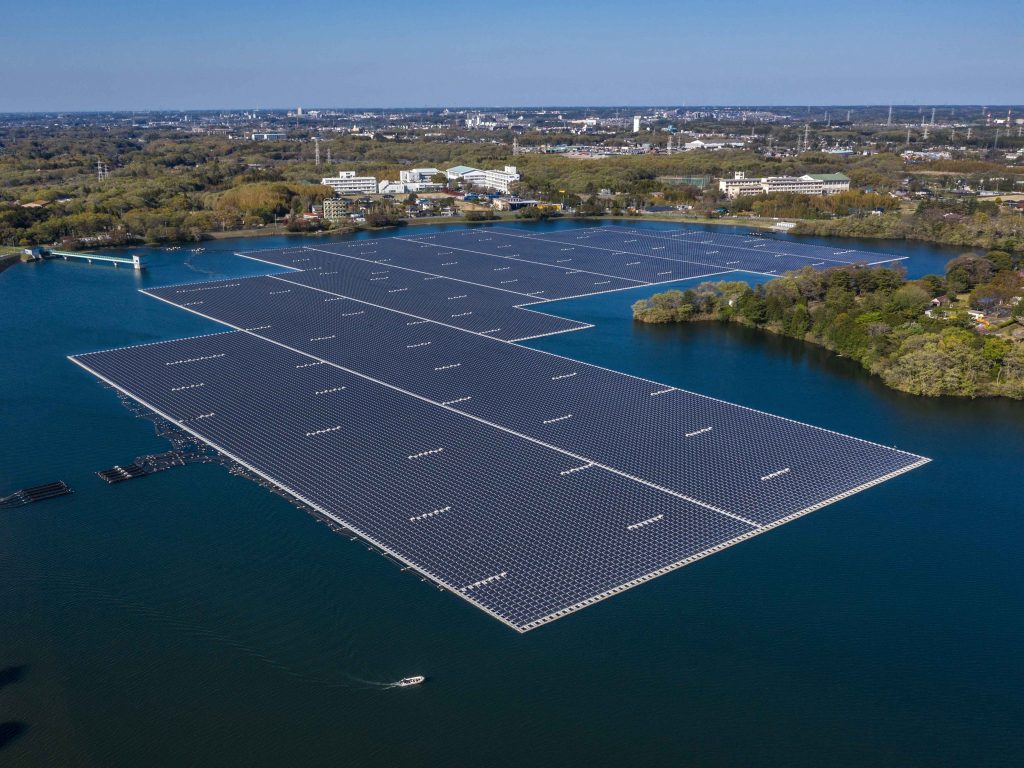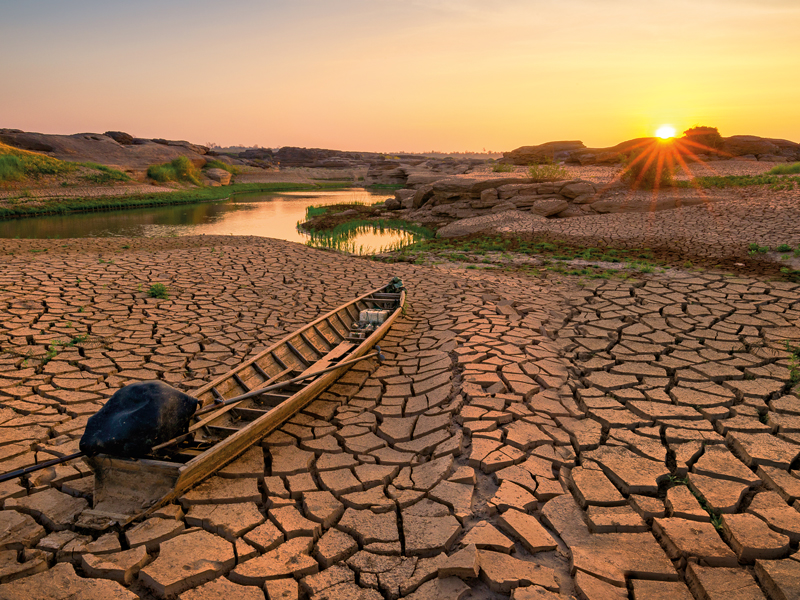World Water Week: Guidelines for Green Growth
From World Water Week in Stockholm, experts are telling governments: If you want a seamless transformation to a greener economy, start with the basics and invest wisely in water, energy and food
From World Water Week in Stockholm, experts are telling governments: If you want a seamless transformation to a greener economy, start with the basics and invest wisely in water, energy and food
Research led by the World Economic Forum Water Resources Group has estimated that global demand for water could outpace supply by 40 percent within 20 years. The majority of the overshoot will be needed to meet rising demands for food and energy production. By 2030, global energy demand could rise by nearly 60 percent and as much as 70 percent more food could be needed to feed nine billion people by the middle of the century.
The United Nations Environment Programme estimates that between $1∞3trn is needed to spark green economics and help alleviate poverty worldwide, including $200bn in annual investment in the water sector alone. This massive influx of financing will need to be matched by smarter management of water, energy and food resources.
At the closing of the 2011 ‘World Water Week’ in Stockholm, assembled participants called for concrete commitments from the heads of government, UN bodies and civil society organisations attending the upcoming Rio+20 Summit to ensure that the conclusions of the event have a real impact on human well∞being across the world. Those commitments include achieving a “universal provisioning of safe drinking water, adequate sanitation and modern energy services by the year 2030”, and reaching intervening targets to increase efficiency in the management of water, energy and food by the year 2020 which include:
20 percent increase in total food supply∞chain efficiency, a reduction of losses and waste from field to fork
20 percent increase in water efficiency within agriculture, more crops and nutrition per drop
20 percent increase in water use efficiency in energy production, with more kWh per drop
20 percent increase in the quantity of water reused
20 percent decrease in water pollution
These targets provide a focus on the primary opportunities to close the growing water supply and demand gap and ensure secure and stable economic development opportunities for all people.
More nutrition per drop
Growing populations and changing diets will require a further expansion of food production. With over 70 percent of total water withdrawals taken for agricultural purposes, farmers will need to grow more crops per drop.
Today, more than enough food is grown to feed the global population, yet one in seven people are left hungry because they do not have access to food that is produced. As much as half of the food that is grown in the world is lost on the road in transit to the consumer or tossed away after it is purchased. Addressing food losses and waste is the simplest and most direct route to reducing pressure on water resources, and is a giant opportunity for food producers to get the most out of their product.
Generate more; use less
Approximately eight percent of water withdrawals are used for energy production worldwide, but in some regions much more is needed. In China, for example, one fifth of all water withdrawals are used in coal power plants alone. The same water supplies are also needed to support the livelihoods of several hundred million farmers and expanding cities.
In most places, considerable quantities of energy are also used to move heat and treat water. But it is possible to build more intelligent infrastructures that use wastewater to produce energy instead of wasting fresh water. In Sweden, the water and wastewater sector generate twice as much energy as they consume, by producing biogas and supply district heating. Even in Sweden there is room to potentially double the amount of energy produced.
Over the next two decades the required annual investments for OECD nations and five major emerging economies (Brazil, China, India, Indonesia and South Africa) for water infrastructure are projected to fluctuate between $700bn and $1trn. That money should be invested wisely in breakthrough systems that reuse water to generate energy to power ever∞expanding cities.
Solutions for the ‘bottom billion’
Roughly one billion people live without access to safe water, one billion are undernourished, nearly one billion live in slums, and 1.5 billion live without access to electricity. In some countries, as much as five percent of GDP is lost to missed work days from people suffering from water and sanitation related illnesses.
The green economy will falter if one in seven of the world’s people are excluded from it and live without access to the basic services it can provide. Solutions to help the ‘bottom billion’ should be prioritised to ensure that all people have access to safe drinking water, adequate sanitation, nutrition, modern energy services and have a fair chance to positively contribute to their nations economy. tne
About the author
Anders Berntell is the executive director of the Stockholm International Water Institute (SIWI), an international policy institute on the environment, water, governance and human development issues. SIWI hosts the World Water Week in Stockholm, the leading annual meeting on water and development issues.













